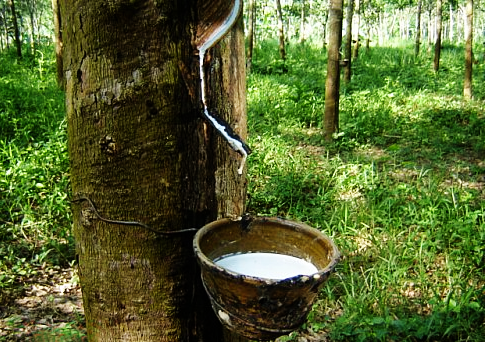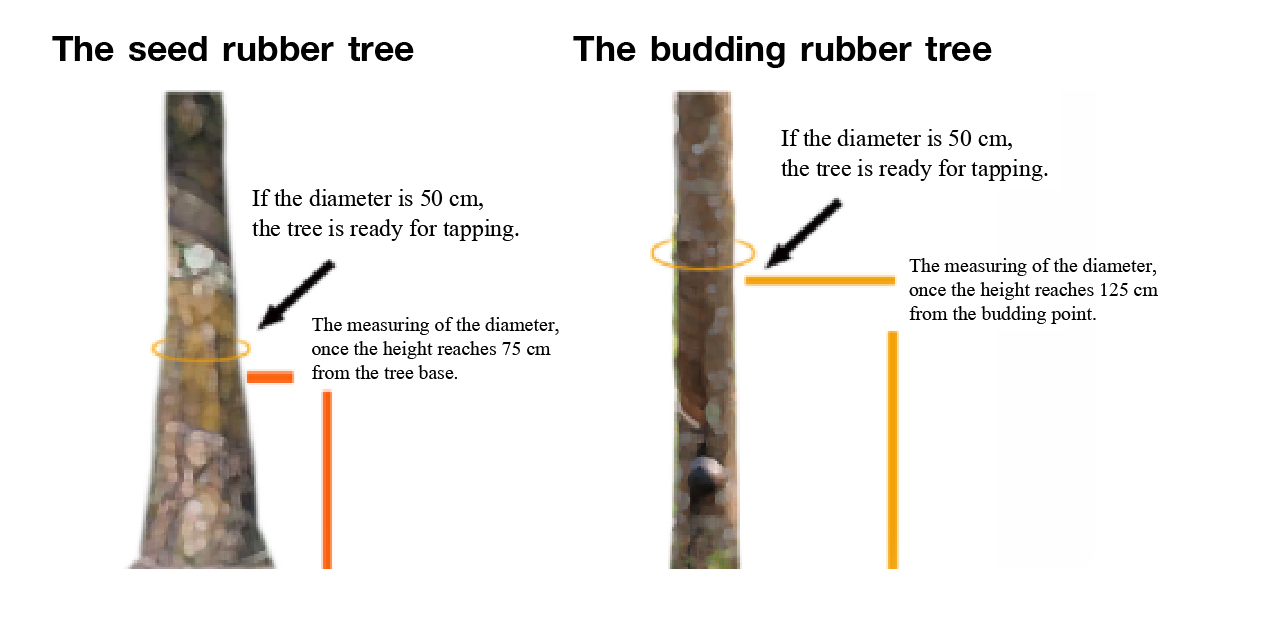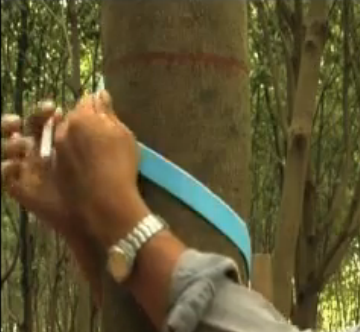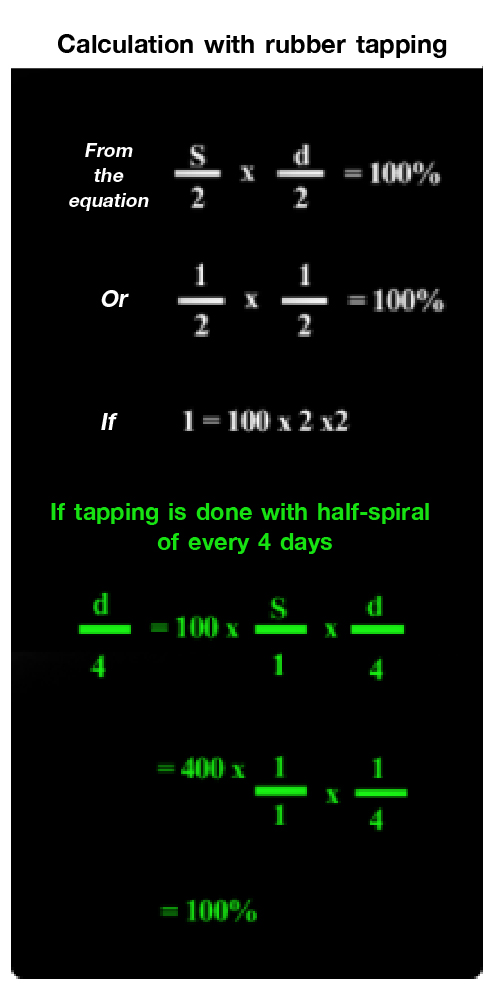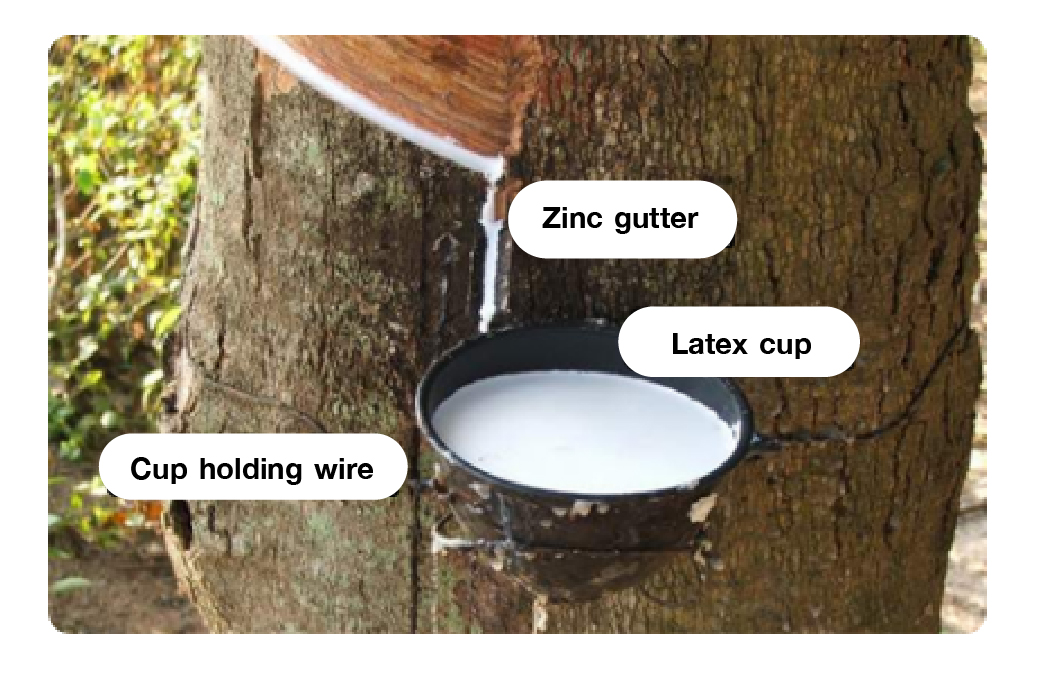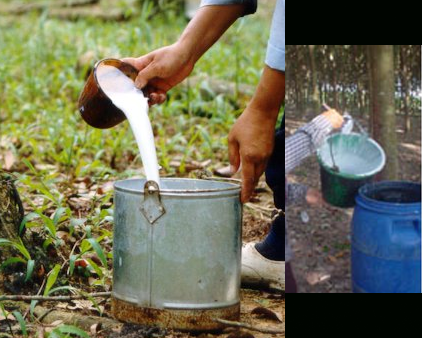After planting and waiting for the rubber trees to grow and be ready to be harvested, one of the most important processes in rubber farming is the rubber tapping. This is the process to cultivate latex, which will turn into income.
The correct way for rubber tapping would result in the desired volume of flat tax and, more importantly, the rubber trees are still in good condition.
Rubber trees which have been tapped improperly would result in severe damage and led to being untappable or tappable with very little latex collected. This would be very regretful as it would take years to plant and take care of the rubber trees. It is, therefore, very important for farmers to pay close attention to the rubber tapping process.
When should we start rubber tapping?
The suitable approach for rubber tapping varies depending on the rubber trees. Detail as follows;
1. Rubber trees grown from seeds would have larger trunk base. The bark around the trunk base would be thicker with more latex can be found. The higher up the trunk, the less latex would be.
From the research and experiment, it is found that the seed rubber trees would produce latex 0.5 times more at the height of 15 cm, and at the height of 45 to 60 cm from the trunk base
However, tapping too much latex from rubber trees might result in Panel Dryness or stunting growth.
In order to find out if the seed rubber tree is ready for tapping, the measuring of the diameter, once the height reaches 75 cm, is required. If the diameter is 50 cm, the tree is ready for tapping.
2. The budding rubber tree would have the size of the whole trunk, from the base to the top, nearly the same. The thickness of the bark at the height between 90 cm to 125 cm would not be very different. The amount of latex would also be quite the same.
In order to find out if the budding rubber tree is ready for tapping, the measuring of the diameter, once it reaches the height of 125 cm, is required. If the diameter is 50 cm, the tree is ready for tapping.
From the information above, it is shown that the measurement of the trunk's diameter, not the counting of the planting day, is the indicator for the readiness for tapping.
The convenient way to measure hundreds of rubber trees would be by cutting out a 75-cm stick (for seed rubber tree), or 125-cm stick (for budding rubber tree), and tie a 50-cm string at the end of the stick.
To measure the trunk, placing the stick along the tree trunk and wrap the trunk around with the string at the end of the stick. This is to determine if a truck is at the size of 50 cm.
3/4 over rubber trees in the farm should be ready for tapping before begin rubber tapping process in the farm.
Which part of the rubber tree should be tapped first?
- For seed rubber tree, should begin at the part 75 cm height from the ground. Starting point of tapping is from the left side of the tapper, cutting rightward with 25-degree angle down with the length covering half of the trunk.
- For budding rubber trees, should begin at the point 125 cm from the trunk base. Starting point of the tapping is from the left side of the tapper, cutting rightward with 30-degree angle down
For convenience he's in rubber tapping for the first time, you stubborn mentioned measuring stick, but change the string at the end of the stick to I zinc sheet (5cm x 45 cm). Pinning the zinc sheet face leftward. 4 seed rubber trees, pin zinc sheet with 25-degree angle upward, while budding rubber tree, pin the zinc sheet with 30-degree angle upward.
When starting the rubber tapping, place the mentioned stick along the tree trunk and wrapped the zinc sheet leftward around the trunk. Holding the end of the sheet with the left hand and draw a line along the edge of the sheet from the point half of the trunk until the end of the zinc sheet. The drawn line is the line of tapping with desired length and angle.
All of the trees in the Forum will be tapped in the same direction and approach.
The correct way to do rubber tapping.
The correct way of rubber tapping would enable the rubber trees to be tapped for more than 30 years.
At the point about 6 – 10 mm. below the bark, there are numerous latex vessels. The best depth for rubber tapping would be at the point very close, but not right by the meristematic tissue.
The meristematic tissue is responsible for reproducing tree bark, which has been tapped. If the meristematic tissue is damaged, the tree bark would not be reproduced properly.
It is clear that rubber tapping required expertise. It takes months for someone to be skillful in the rubber tapping
Other than the correct depth, the thickness of the bark must also be as thin as possible, about 1.5 mm. Each month, not more than 2.5 cm of tree bark should be removed from tapping.
Each rubber tree should be taken care for being tapped at least 3 cycles over the period of 30 years. If the tree bark is still in a good condition at the age of 15 – 20 years, there are ways to increase the latex production, depending on the species of the rubber trees. Some species can be boosted to produce the latex twice the original amount.
The suitable time to do tapping would be during dawn, when the tree bark can be seen by naked eyes. Farmers should be very careful and do not rush the process as it might damage the rubber trees.
Each farmer should tap about 350 – 450 trees per day. The farmer should not rush the process.
How often can a rubber tree be tapped?
When beginning to tap a rubber tree, it should be tapped for a less amount. It should be tapped half spiral with the frequency of once every 2 days for about 5 – 6 months period.
After the beginning period, the frequency can be changed to once every other day and there should also be a rest period.
It is important to not only think of tapping the tree for more latex, because if the tree has been tapped and drained too much, it will have the Panel Dryness disease.
Farmers should notice whether the rubber tree produces less latex or no latex. If that happens, they should stop tapping. If 5% of the trees in the farm are producing less latex, the frequency of tapping should be changed to once every 3 days and give those decaying trees 6 months rest before restart tapping.
Calculation for the suitable tapping frequency.
The rubber tapping system is the calculation for the suitable tapping frequency with the initial set standard of “the half-spiral with the frequency of once every other day is the 100% suitable way for tapping”.
From the statement above, the formula can be formed;
- s represents the length of the tapping line, slicing downward from the left to right. The half-spiral would be represented with s/2
- d represents the frequency in day. The frequency of once every other day can be represented with d/2.
Therefore, the initial set standard of “the half-spiral with the frequency of once every other day is the 100% suitable way for tapping” can be represented as;
s/2 x d/2 = 100%
From this formula, all letter is assumed to have a value of 1, allowing the possible modification to be applied without adding burden to the rubber trees over 100%.
Let’s find out how much burden is inserted to the trees, if tapping is done with full spiral with the frequency of once every 4 days.
The result shows that the burden inserted to the trees is the same as the initial set standard of 100%.
The benefit from the calculation is that farmers can use the data to help managing suitable labors.
For example;
Assuming there are 400 rai of runner farm, and one worker can tap 10 rai (400 – 450 trees). If the taping system of d/2 is used, 20 workers would be required in order to tap 200 rai a day.
However, if the farmer has an issue with the number of workers, only 10 skilled workers are available, the calculation for the system would be needed. The suitable tapping system would now be s x d/4. The farm would be divided into 4 parts (100 rai per part) and be tapped a part per day. The farmer would need 10 workers to produce the same amount of latex.
Collecting latex
Tools are as follows;
- Zinc gutter, attaching to the tapping cutting line to guide latex into a cup.
- Cup holding wire, holding the cup so as the latex can easily drips into the cup.
- Latex cup, it should be a permanent material. The commonly used material is baked clay cup with the capacity of 200 – 500 cc.
- Latex collecting container. After tapping for 3 hours, the latex would stop dripping. The portable collecting container (10 -15 liters) is used to collect latex from cups and would be brought back to put into large collecting containers. These large collecting containers are varied in sizes and types, depending on the convenience of former and logistic systems.
Some famers might use zinc of aluminum containers, suitable for being transported by motorbikes or bicycles. Some farmers might use narrow-opening containers so they can be transported by trucks, which would later be poured into large containers used in a transporting lorry.
Latex is in the liquid form and can turn bad very quickly. It is, therefore, very necessary to transport all latex to factories very quickly for processes.
The video clip from the Network Center for Comprehensive Technology Transfer on Rubber Managing Project, Rubber Plantation Organization, Ministry of Agriculture and Cooperatives, about the correct rubber tapping might give some different detail regarding the height for the initial tapping of 150 cm. The difference is due to the different research and experiment by different specialists/scholars.
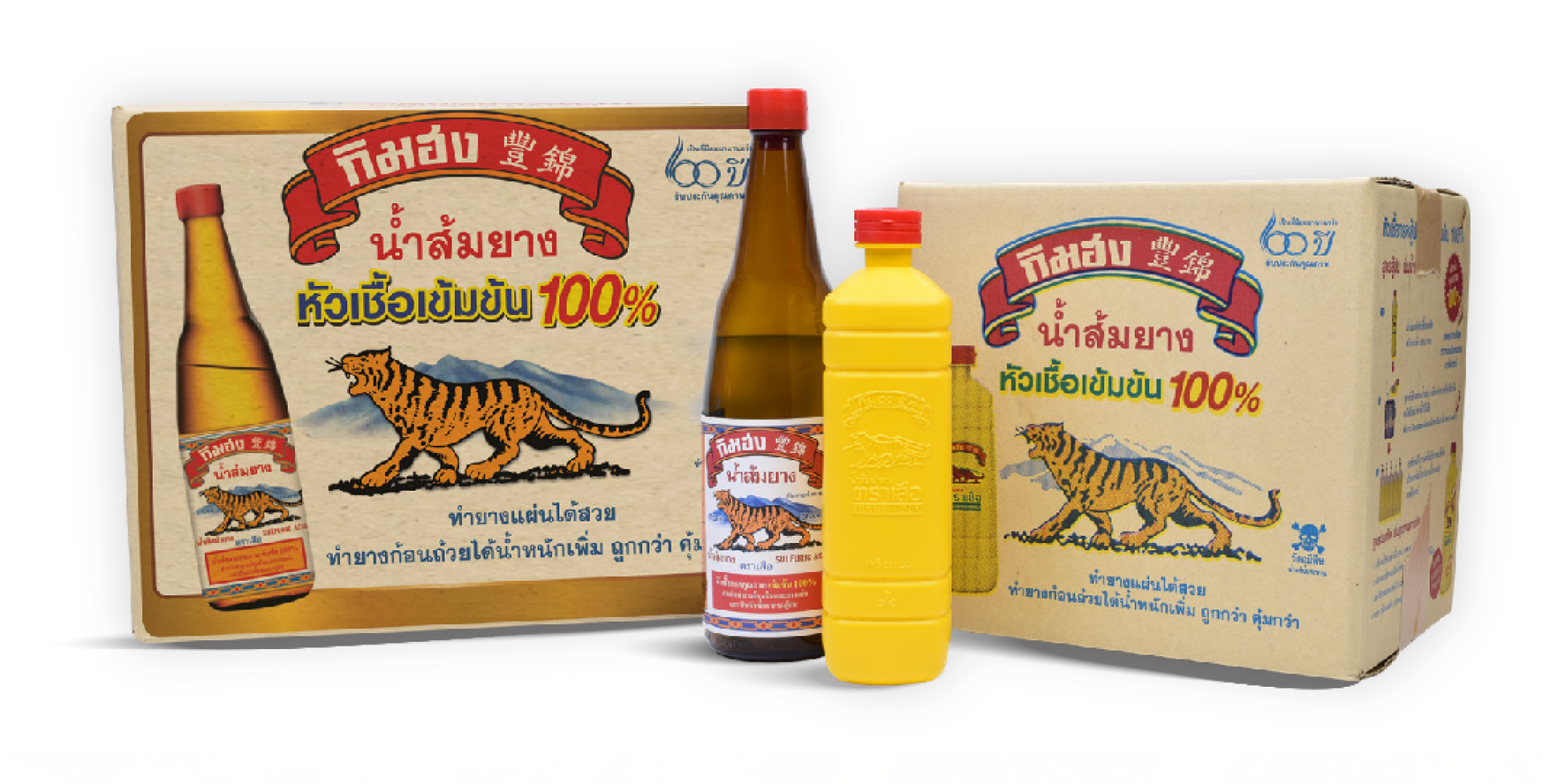
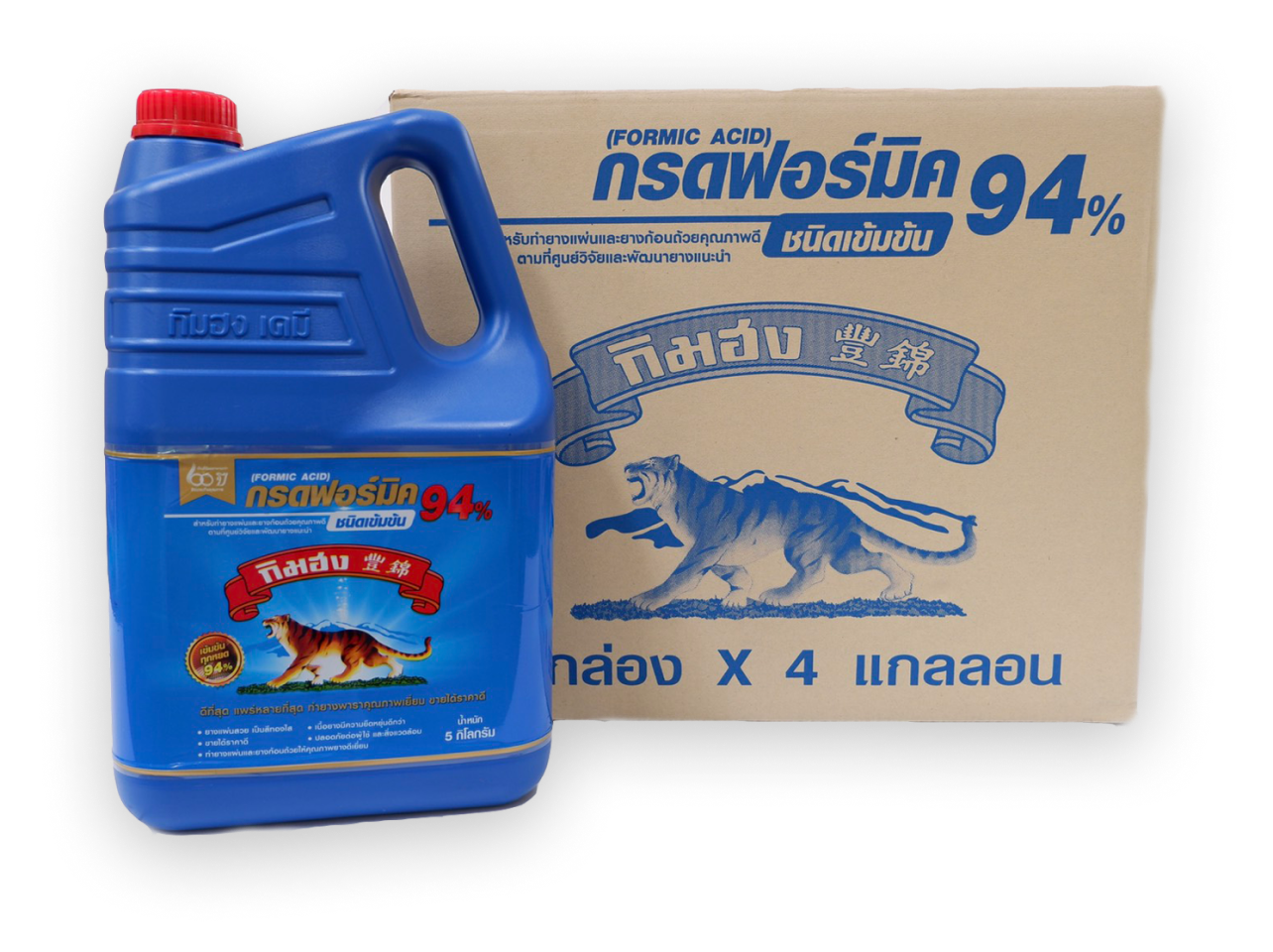
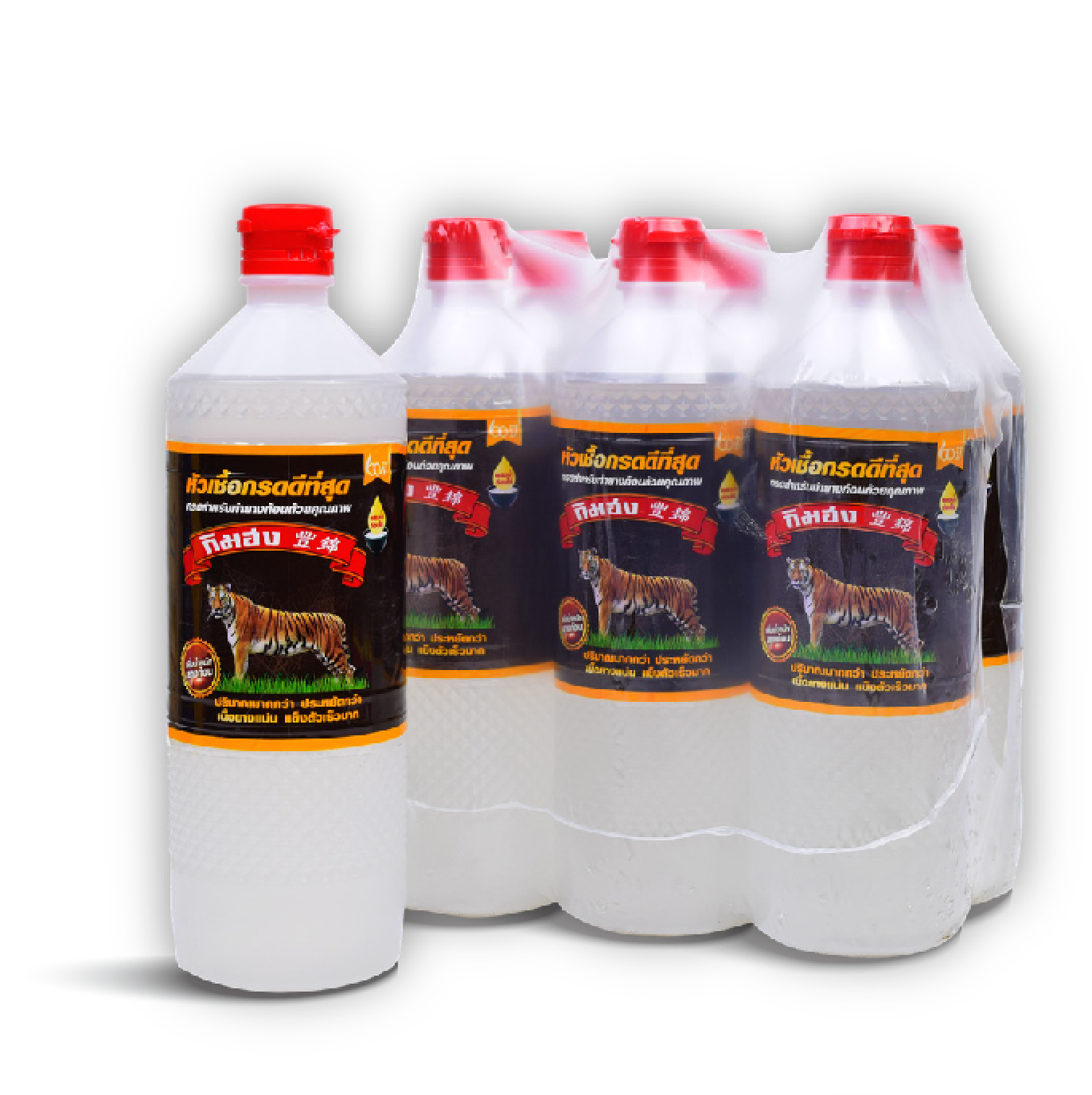
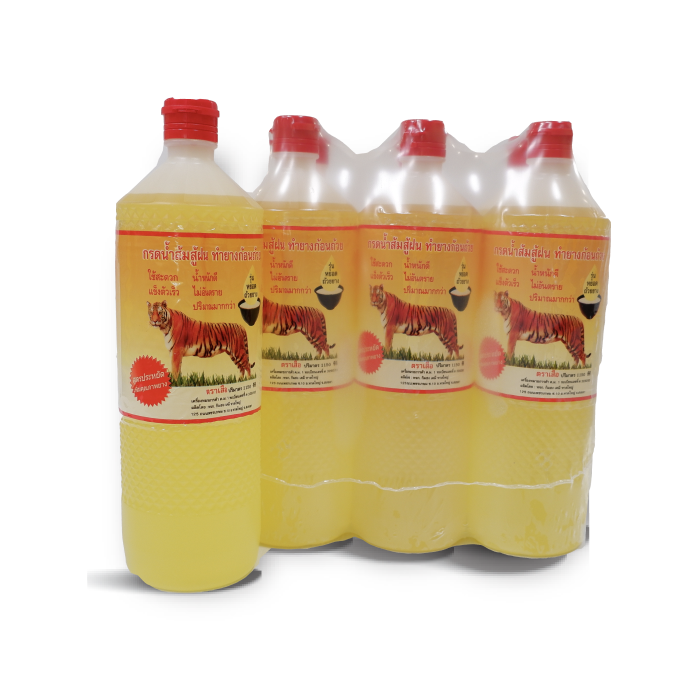

 menu
menu กิงฮง - March 13, 2013
กิงฮง - March 13, 2013


